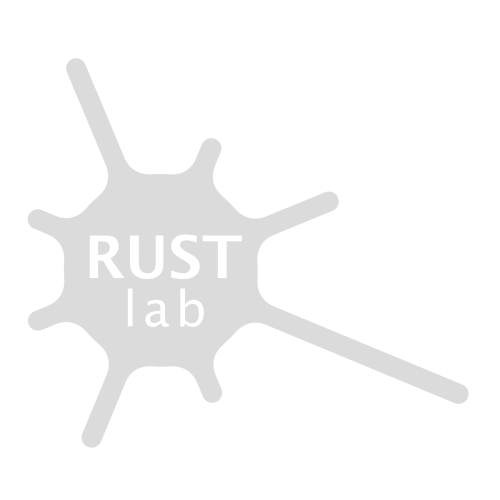Join us this Thursday, November 10th, from 16:15-17:45 hrs, German time, to hear Martha Komter present her work on “Analysing police interrogations: transcripts in action”.
The data of conversation analysts consist of audio or video recordings of actual talk, as these provide the most direct access to the events to be studied. However, to make these data more accessible and manageable for publication, they have to be transcribed. My research data are audio recordings and police reports of 34 police interrogations, my publication data are the transcripts of these recordings. As I progressed with my research on police interrogations, I came to realise that there are similarities between my transcripts and the police reports. Although my transcripts and the police reports differ in their intended uses and in the degree of detail they contain, both my transcripts and the police reports are meant to be representations of the talk in the interrogations. And both my publications and the police reports are treated as the talk they are meant to represent.
In the Netherlands the two main tasks of police interrogators in suspect interrogations are to find out the truth from suspects who may not want to tell it, and to draw up a report of the interrogation that may serve as a piece of evidence in the further criminal law process. As these tasks are performed simultaneously, police officers have to find a way to coordinate the talk and the typing. Practical circumstances, such as the number of interrogators (one or two) and the differential pace of the talk and the typing, affect the possibilities for combining or coordinating these two tasks. As a result, the suspect’s story is transformed into a written statement that is different from the original talk. The story of ‘the suspect’s statement’ is as much the story of the suspect as of the routine activities of police interrogators and, more generally, of the unnoticed and unintended features of the criminal law process. Likewise, the story of my transcripts is as much the story of police interrogations as the story of the data and methods used.
Martha Komter is ‘research fellow’ at the Netherlands Institute for de Study of Crime and Law Enforcement (NSCR). She has published widely on various aspects of language use in institutional settings, especially on interaction in the courtroom and in the police interrogating room. Her research materials include audio and video recordings of authentic police interrogations and trials. The analyses of the courtroom materials have been published as: ‘Dilemma’s in the courtroom. A study of trials of violent crime in the Netherlands.’ Hillsdale, N.J.: Lawrence Erlbaum Associates, 1998. She has supervised and carried out the research program ‘Intertextuality in judicial settings’, with a focus on the interrelations between talk and written documents in police interrogations and criminal trials. This has resulted in the book ‘The suspect’s statement. Talk and text in the criminal process’, Cambridge University Press, 2019.
Location: on campus (Universitätsstr. 104, 2nd floor, 44799 Bochum) and Zoom
Zoom Link: https://tinyurl.com/RUSTlab
PW: RUSTlab
You will find additional resources and information on this term’s guiding theme Data at work here on our website.
